Wood, colours and finishes
In this guide, I help you choose the perfect wood and finish for your instruments and accessories. We offer structural woods like beech and pine, and decorative woods such as oak, cherry, wenge, and sapele, each with its own unique characteristics. Additionally, you can select from matte, satin, or glossy finishes, which can be applied to both varnishes and paints, allowing you to customize your piece according to your aesthetic and functional preferences.
Structural woods
Structural woods are mainly used in parts that are typically painted or remain hidden in the final piece. These woods are strong and stable, making them ideal for providing the solid foundation that any instrument or accessory needs.
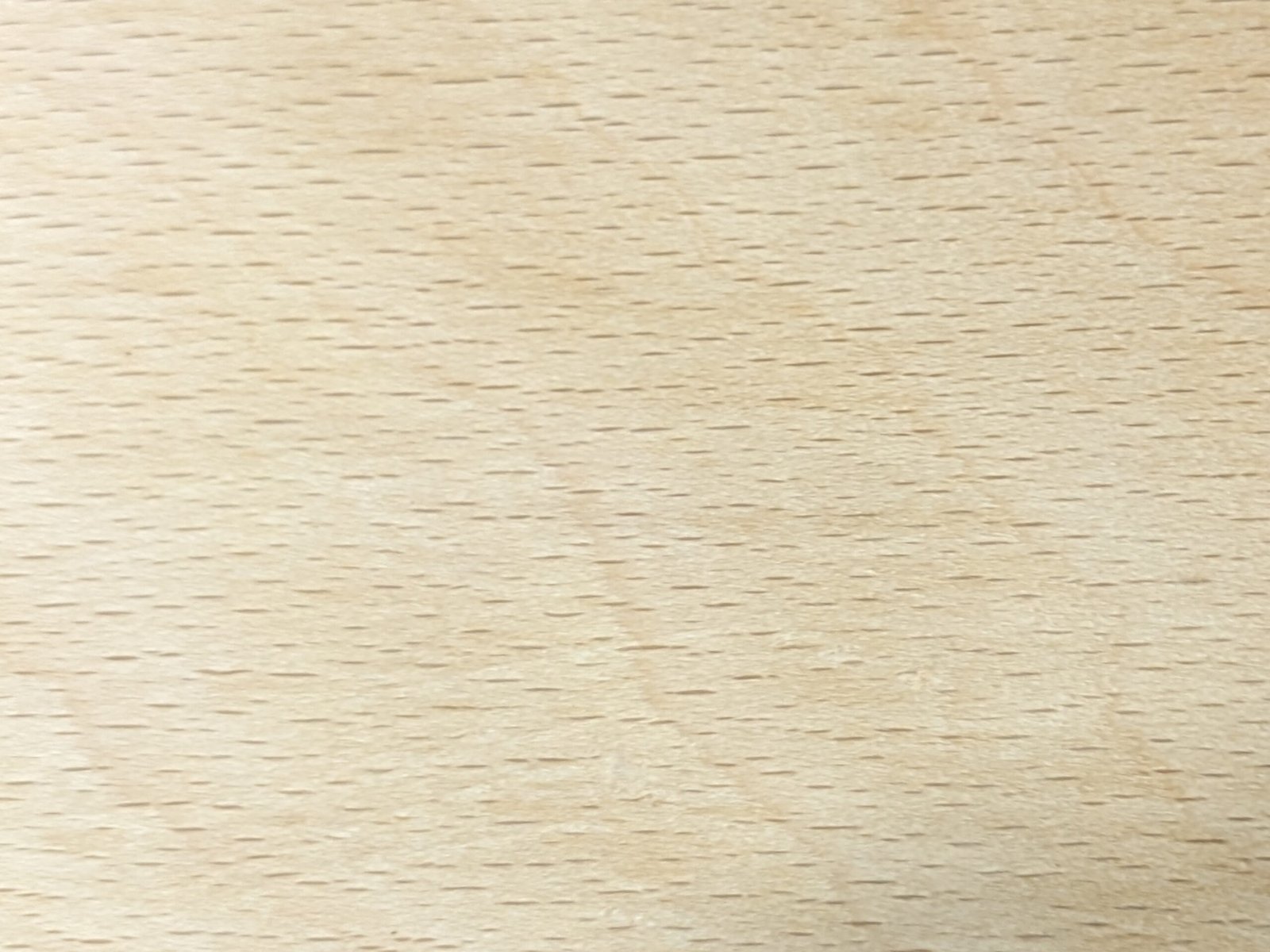
Beech It is a dense and durable wood characterized by its white-pink color and fine, uniform texture. Highly valued for its dimensional stability, it is an ideal choice for structures that require great strength and durability, such as instrument frames or bases. Its surface can be easily treated, and its matte or satin finish enhances its natural beauty without compromising the strength it provides to the piece. This wood is used by default for the internal structures of pedalboards.
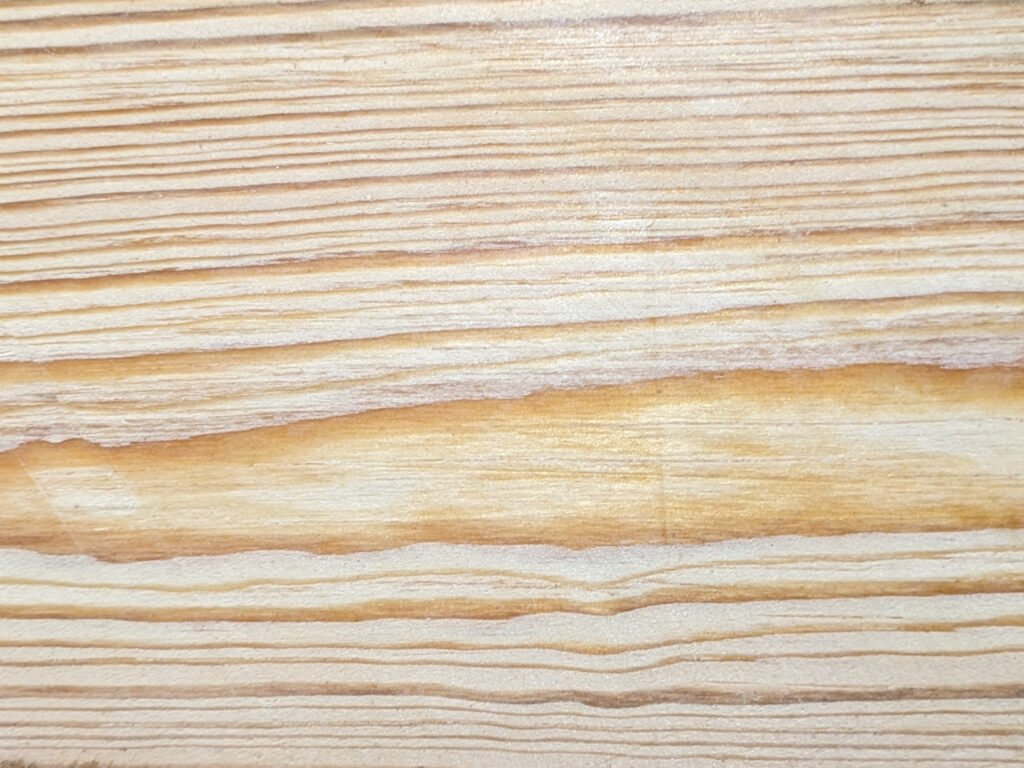
Pine, on the other hand, is a lighter and more affordable wood, with a yellowish or white tone and generally straight grain. While it doesn't have the same hardness as beech, pine is suitable for structures that won't be exposed to extreme wear. Additionally, it is very easy to work with, allowing for easy customization of pieces. Due to its softness, it tends to be more prone to scratches, making matte or satin finishes perfect for protecting its surface while maintaining a smooth feel. This wood is used by default for the outer casings of MIDI pedalboards.
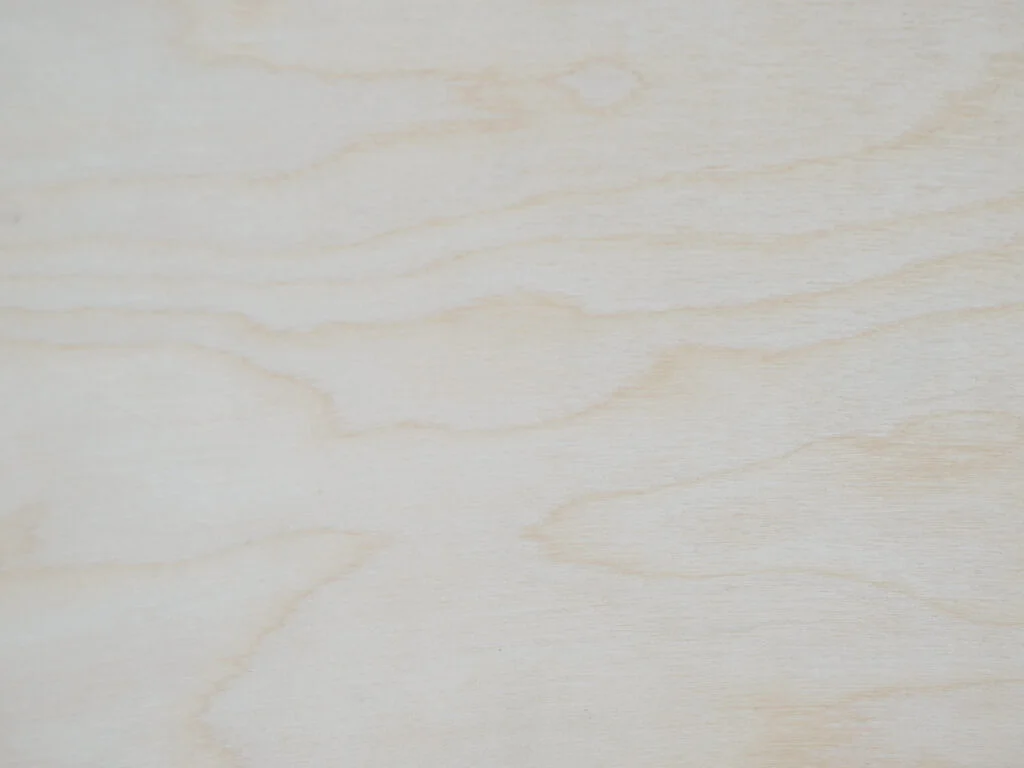
Birch, especially used for acoustic drum shells, is a lightweight wood with a smooth texture. While it is not as dense as other woods, it offers excellent resonance, making it ideal for crafting parts of instruments that require lightness and a clear sound. It is a popular choice in drum manufacturing due to its ability to produce a bright tone with good projection.
Decorative woods
Decorative woods are used in the visible parts of instruments and accessories, where their beauty and texture play a key role in the final aesthetics of the piece. In addition to being durable, they provide a strong visual impact, standing out for their unique colors, grain patterns, and finishes.
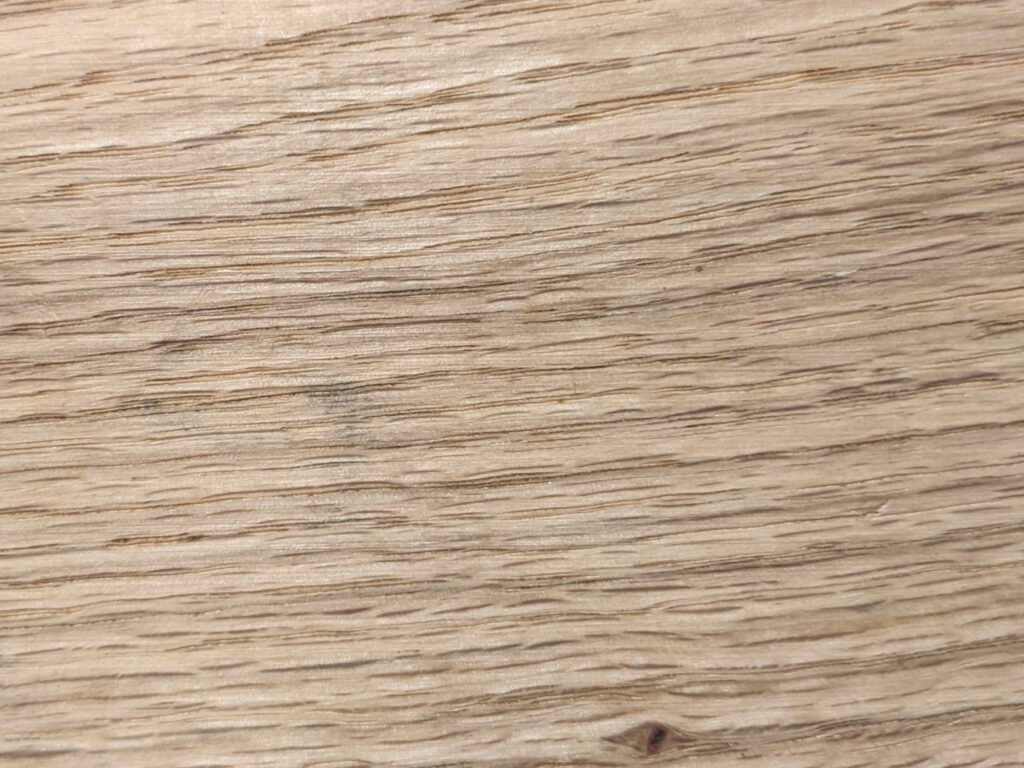
Oak is a classic, highly versatile wood, with a color that ranges from light brown to darker tones, featuring a prominent grain pattern. It is a durable wood, making it an excellent choice for decorative elements, such as details in musical instruments. Matte and satin finishes allow its natural texture and grain to stand out, while a glossy finish can give it a more modern and elegant touch, ideal for pieces that require greater protection. It is used by default for the white keys of pedalboards.
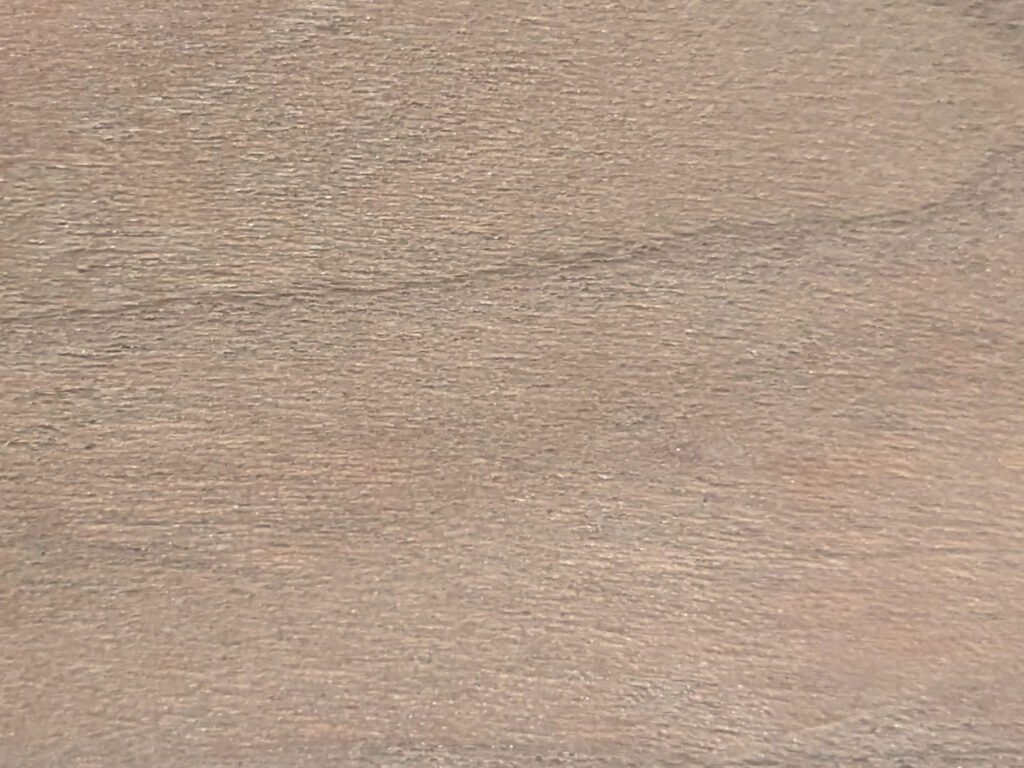
Cherry is another highly valued wood for its warmth, as its color gradually changes over time from a light reddish tone to a more golden hue. Its texture is uniform and fairly easy to work with, making it ideal for decorative details and surfaces that don’t require extreme hardness. A satin or matte finish is excellent for enhancing its color without losing its natural appearance, but a glossy lacquer finish can also be chosen for a more sophisticated look. It is used by default for the badges on drum shells.
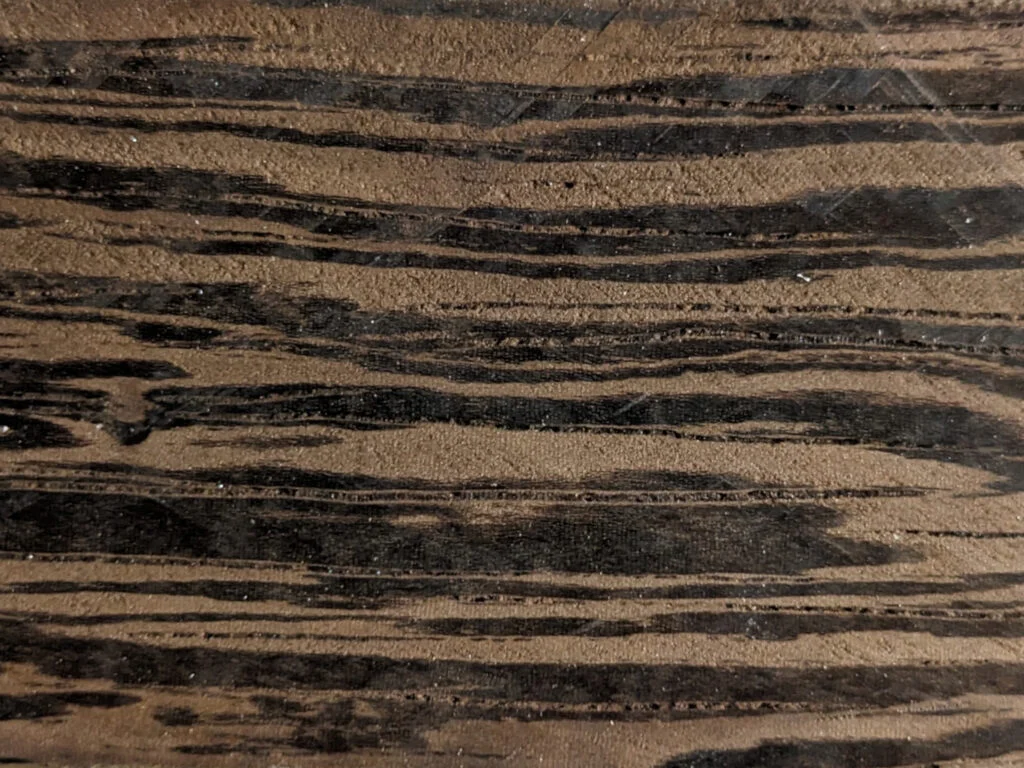
Wenge is an exotic wood with a very dark color, almost black, and a distinctive grain pattern. It is a perfect choice for those seeking an elegant finish, and its durability makes it suitable for decorative details in high-end instruments. Due to its dark color and dense texture, a glossy finish on wenge can give a luxurious and refined appearance, while a matte or satin finish helps soften its intensity without losing its character. It is used by default for the black keys on MIDI pedalboards.
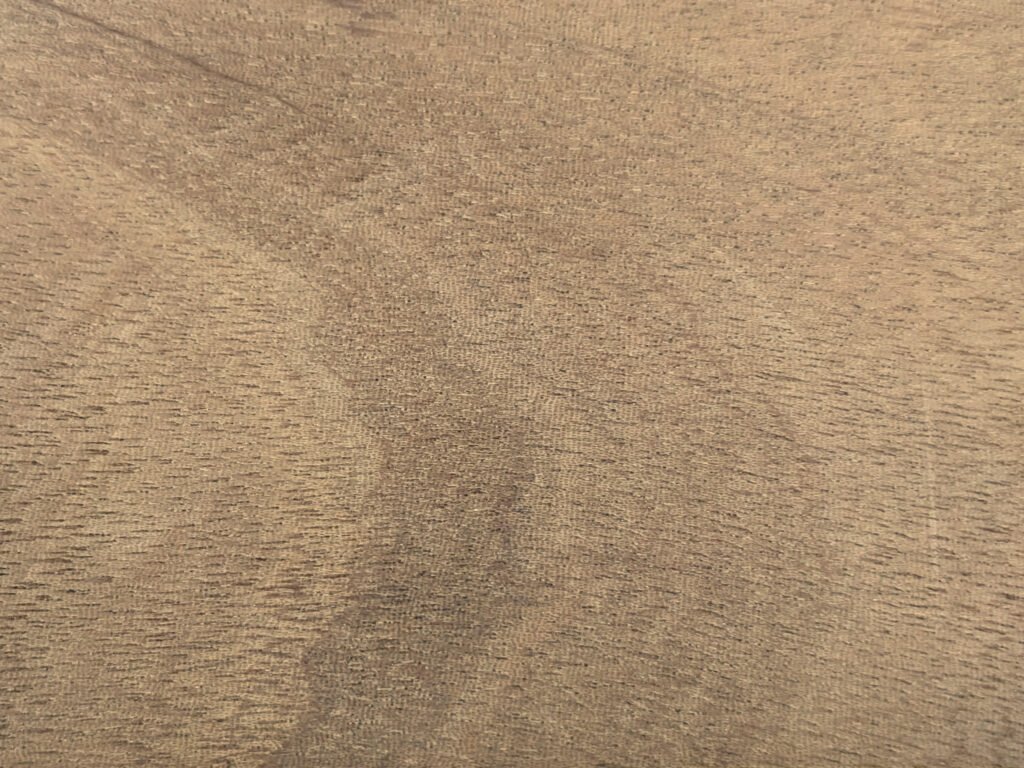
Sapele, similar to oak but with a warmer tone, has a rich reddish hue that can vary in intensity. This African wood is quite durable and is used in decorative applications where a strong visual presence is desired. Sapele looks stunning in both matte and satin finishes, which allow its grain to stand out elegantly. A glossy finish can also be applied to add a touch of distinction, without losing the wood's natural warmth. It is used by default for bassoon handrests.
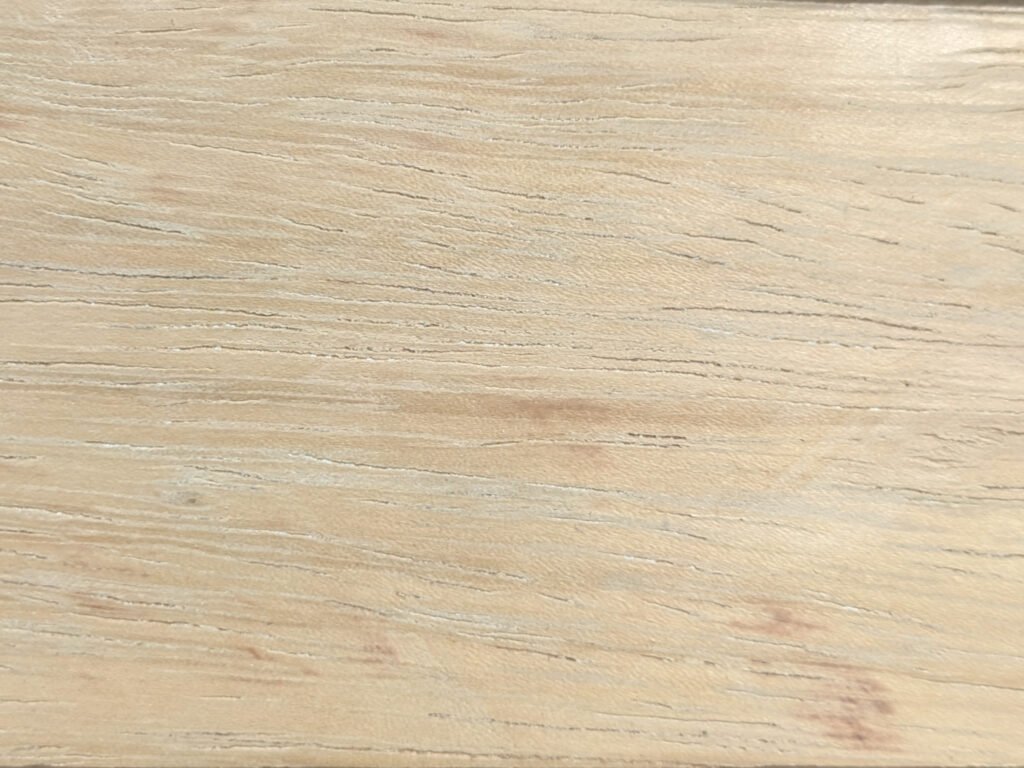
Iroko is a tropical wood known for its durability and strength. In percussion instrument manufacturing, iroko is valued for its warm tone and ability to produce a deep, resonant sound. Its great firmness ensures that instruments made from it have excellent longevity, standing up well to wear and tear. Additionally, its color and texture make it aesthetically appealing, making it a popular choice for creating high-quality musical instruments. It is used by default for claves.
Colours and finishes
Matte, satin, and glossy finishes are versatile options that can be applied to both varnishes and paints, depending on the desired finish for the piece.

The matte finish provides a rustic and natural touch, as it doesn't reflect light, allowing the texture of the wood to be seen more subtly. This finish is perfect for those who prefer a more understated and organic aesthetic. It can be used to make other parts of a piece with a different finish stand out more. It's important to note that the matte finish is less washable and more prone to staining than other finishes.

The glossy finish is more polished and reflective. By reflecting more light, the glossy finish gives the wood a more refined appearance, making it ideal for those looking to highlight high-end pieces, such as details in wenge or sapelli. This type of finish not only enhances the surface but also protects it effectively against scratches and stains, making it perfect for pieces that will be used frequently.

The satin offers a balance between matte and glossy, providing a subtle sheen that highlights the wood's grain without being overly reflective. It is very popular for woods like oak or cherry, as it enhances their colors and textures, giving an elegant finish. This finish is also ideal when additional protection against wear is desired, without losing the natural feel of the wood.
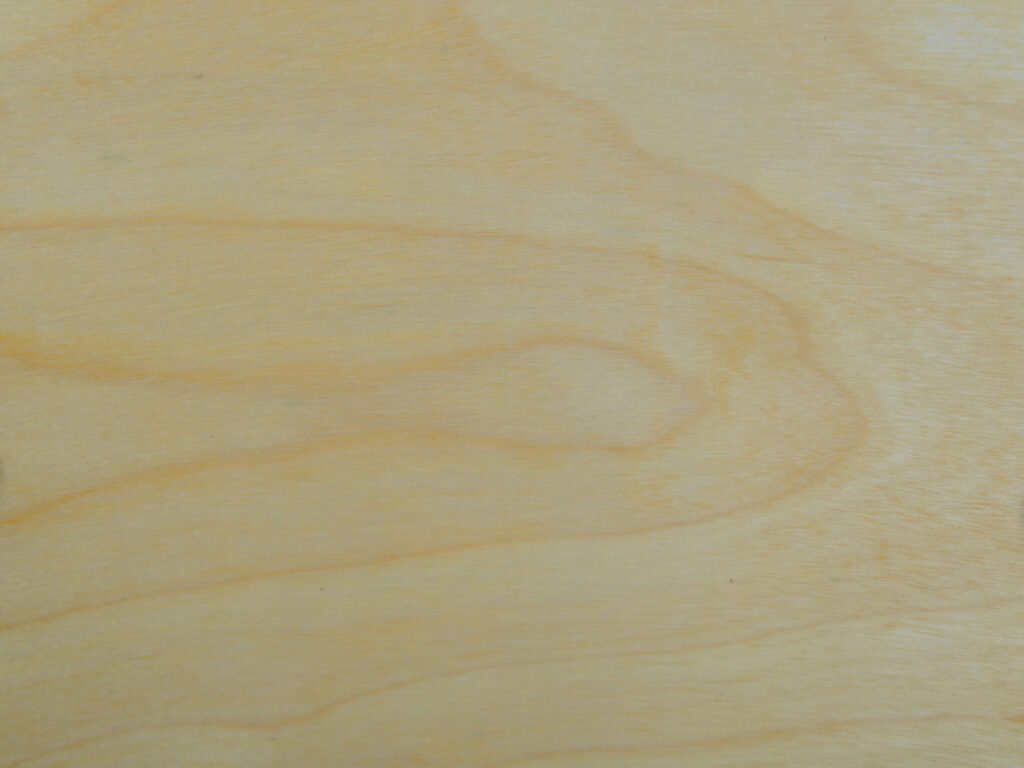
The oil finish is a popular option for structural woods, as it nourishes the wood and enhances its natural beauty. This finish penetrates deeply into the fibers of the wood, providing protection without forming a thick surface layer. The oil brings out the wood's grain, giving it a velvety touch. Unlike varnishes or lacquers, oil allows the wood to maintain a more natural appearance, making it ideal for those looking for a more rustic or traditional look without sacrificing protection against wear.
As an additional note, in the case of drum kits, "lacquered" means that tinted varnish is used, allowing the wood grain to be visible. The "wood" color is also available if you prefer a transparent lacquer finish. Additionally, the interior of the shells can be finished with oil.
